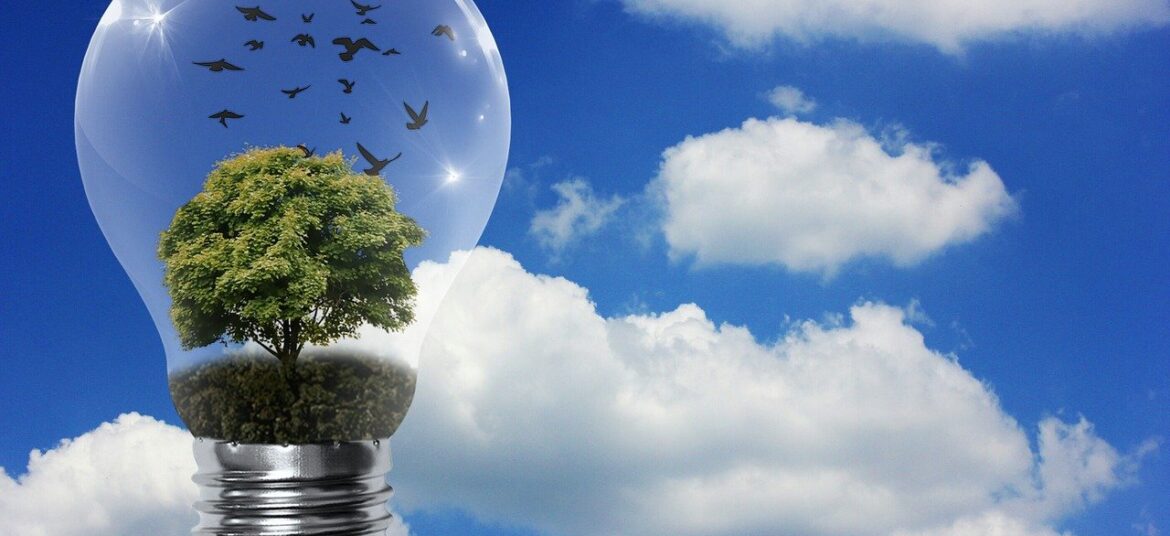
Vietnam is going greener. The country is building a low-carbon economy that will be powered by renewable energy and green credit. To bolster these efforts, the government is keen to increase the availability of sustainable financial products.
Green credit and green banking will be the dual pillars of support for Vietnam to achieve the net-zero emission target by 2050. These sustainable financial products are meant to act as catalysts to decarbonise. Green credit policies offer cheaper loans to corporations with low carbon emissions. Green banking refers to the steps taken to reduce banks’ carbon footprint.
Simultaneously, financial institutions have also been encouraged to fund projects that are environmentally conscious and sustainable. This includes public-private partnerships between Vietnamese financiers and international institutions.
Legislative changes coupled with sustainability efforts by local businesses and green funding will further the progress towards a greener Vietnam.
MOVING TOWARDS SUSTAINABLE PRACTICES
Vietnam is eager to increase the green economy’s contribution to the country’s GDP. It has set a target of increasing the figure from $6.7 billion in 2020 to $300 billion by 2050. To achieve this goal, the country will require ~$368 billion, or 6.8% of its GDP, in funding until 2040 to transition to a net zero energy economy. It is estimated that the private sector will need to contribute a 50% share towards this endeavour.
The switch started as early as 2015 when the government tasked the State Bank of Vietnam to enable green financing instruments. Over the next few years, there was an increase in green credit outstanding from $2.9 billion in 2015 to ~$21.3 billion in 2022. As of 2022, the outstanding credit for green projects accounted for 4.2% of the total outstanding loans. Some of the sectors that these projects include uses in such fields as renewable and clean energy (47%) and green agriculture (~30%).
Regulatory arrangements were supplemented by policy reforms. The national green growth strategy for 2021 – 2030 calls for the mobilisation of resources for green growth. It also includes financial incentives for green credit and carbon markets. In addition, the development strategy for the banking sector in 2025 calls for accelerating the development of green credit and green banks to transform the economy.
The government and regulatory agencies have encouraged banks to expand their lending activities in sectors, such as renewable energy and clean energy. All these factors put together enabled access to credit for climate-conscious organisations.
Banks have also taken significant steps to attract green investments. BIDV, a state-owned bank, has partnered with the Carbon Trust, a decarbonising consultant from the UK, to create a sustainable loan framework. This boosts BIDV’s preference for financing green projects and, at the same time, helps strengthen global cooperation for sustainable development.
BIDV is among the largest players in the green financing space, with over 1,386 customers and green credit outstanding of $2.68 billion as of December 31, 2022. The framework will enable BIDV to provide sustainable financial products comparable to international standards.
Similarly, a consortium of Japanese banks will offer $300 million to finance renewable energy projects in Vietnam in association with local commercial bank Vietcombank.
WHERE’S THE FUTURE HEADED?
A McKinsey report estimated that renewable-energy financing in Vietnam has grown to ~$21 billion in 2021 from $10 billion in 2018. Offshore wind is the largest segment driving the demand. There is a $1.7 billion opportunity by 2025 awaiting Vietnamese banks in the environmental, social, and corporate governance (ESG) space.
But challenges exist. Experts seek a fast-track route for green energy projects to get quick bank loans. There is also a need for detailed clarification on what constitutes “green” projects to avail of green credit. Instead of following a reactive approach towards building a green economy, financial institutions can issue “greener” products, such as green loans and green bonds that can then be reviewed by regulators.
Vietnam’s green ambitions call for a concerted effort from all stakeholders, businesses, financial institutions, and investors, to enable and strengthen sustainable projects. The demand is only expected to grow from hereon.

Linh is our Co-Country Manager in Vietnam, based in Ho Chi Minh City. He has over 12 years of experience in a broad range of industries including Banking, Ride-hailing, Ecommerce, and Insurance.
Stay up to update with our latest news.
Have Us Contact You
